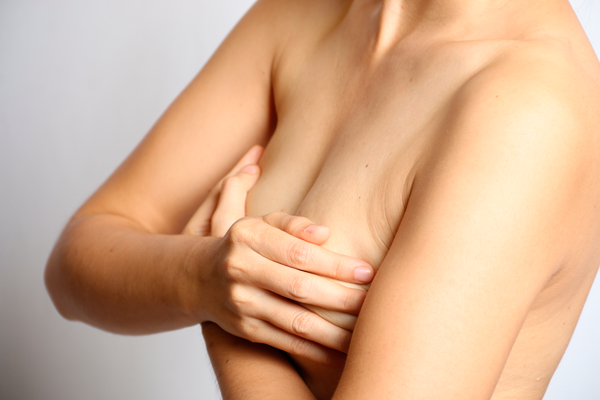
I have a lump in the breast: diagnostic tests and breastfeeding
Suppose a nursing mother feels a lump in her breast. Once it has been ruled out that this is a circumstance related to breastfeeding, the mother should see a healthcare provider or gynecologist expert in breast pathologies and have the appropriate diagnostic tests.
But when this process begins, many questions arise, and often, mothers are invited to stop breastfeeding altogether at this point, either before or during the tests.
Today we answer the most common questions about this case, so if you ever need it, you will have all the information you need.
I have been told that I cannot get tests done when I am breastfeeding
During lactation, women’s breasts have a different structure than non-lactating breasts, which can make it difficult to observe and identify abnormalities.
Nevertheless, more and more professionals are getting used to seeing and analyzing ultrasound scans and mammograms performed on breastfeeding mothers. To make their work easier, it may be useful to express and empty as much breast milk as possible before performing any test.
It should be clear that although it may seem impossible, serious breast pathologies, such as cancer, can happen in pregnancy and when breastfeeding. Refusing to perform the necessary tests when in doubt can have serious consequences in the early detection and initiation of treatment.
Any lump (round or otherwise shaped) that appears in the breast of a breastfeeding mother and remains unchanged for more than 72 hours should be assessed. In most cases, it will be a breastfeeding-related process, and it will have been a false alarm, but it is always better to be safe than sorry.
Therefore, ultrasound scans, mammograms, and biopsies can always be performed during lactation.
I was told I have to stop breastfeeding to have a mammogram. Is that true?
No, this is not true. Mammograms are safe in breastfeeding and they don’t require you to stop breastfeeding.
It is also not necessary to pump and dump breast milk after a mammogram is performed or to avoid breastfeeding for some time. This test is safe for human milk and for the baby.
As said before, it can be a little more difficult to evaluate the result and you can help the healthcare professional by draining the mammary gland as much as possible before performing the test.
The structures of the mammary gland during lactation are different and more dense, but a mammogram can still quickly identify tissue that is pathological.
I have to have a biopsy. Can I keep breastfeeding?
Yes, of course you can. It is not necessary to wean or wait a few months to perform such an intervention in the breast.
A topical anesthetic will be applied, which is compatible with breastfeeding, and the affected area will be punctured with the help of an ultrasound scan machine, and a sample will be collected for analysis.
If you are very nervous before the biopsy, you may be prescribed some type of calming medication. Most of them are safe in breastfeeding when used occasionally and are not risky for the baby. You can check on the APILAM pediatricians’ website, e-lactancia.org, for more information on different medications and breastfeeding.
What happens after a biopsy?
Traces of breast milk or blood may come out of the area or areas where the samples were taken. This is absolutely normal, as sometimes the milk ducts have been affected.
Apply a gauze pad to the area when you are going to breastfeed in order to prevent leakage, it will take some time (from one to several weeks) for the wound to close completely.
There is no reason to stop breastfeeding or to try to “dry up” the milk in the affected breast side. Just as mothers who have suffered a breast abscess are encouraged to continue breastfeeding, and the wound closes on its own, so this applies to a mother who has had a breast biopsy and wants to continue to breastfeed.
What if I have to have an MRI scan?
All radiological tests with or without contrast are safe for the continuation of breastfeeding. You don’t need to pump and dump or avoid breastfeeding. The breast milk will not have radiation and the contrast used is not dangerous for babies.